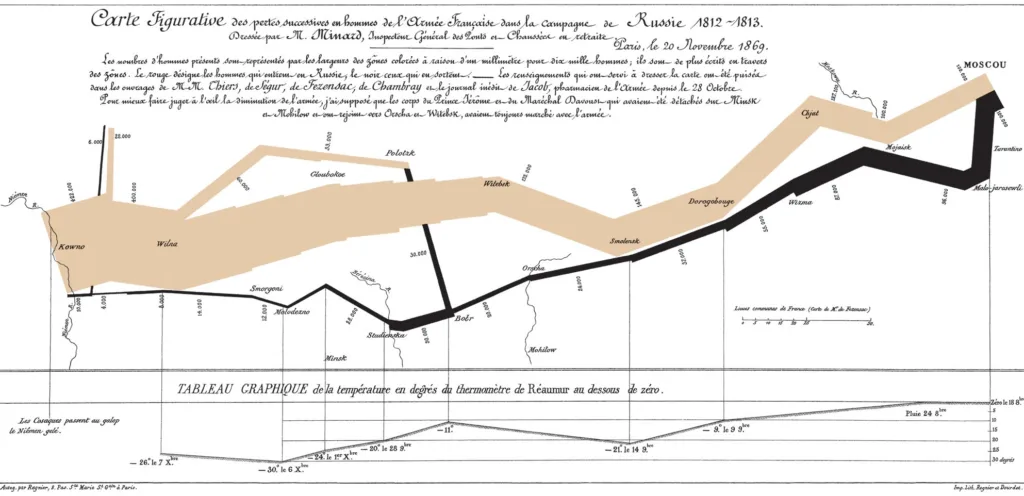Nexleaf Team Voices: The Opportunities & Challenges of Continuous IoT Sensor Data
Nexleaf Software Engineer Chris Combs reflects on why our data is special – and especially challenging. Read on to learn why IoT sensor data is primed for AI.
As an engineer, time series data produced by IoT devices is one of my favorite data types to work with. Data points recorded at regular intervals can be rich with meaning and exciting to uncover and interpret. This data can also be beautiful – many of my favorite data visualizations showcase time series data.

The Benefits of Time Series Data!
When every datapoint is ordered in time, measurements naturally tell a story. Since date and time have so much inherent meaning (think weekends vs weekdays, or the weather differences among seasons), key insights are often baked into the data points themselves.
The context-richness of time series data allows our organization to understand elements of the day-to-day operations within the health facilities we serve, even from a distance. Our IoT devices can detect power outages as they happen at remote health facilities, then deploy automated alerts to suggest actions health workers can take to respond to power outages and, for example, keep temperature-sensitive vaccines safe. At a higher level, we can flag health facilities with unreliable power and prepare reports that suggest to regional planners which sites should be first in line for renewable energy resources like solar panels.
Sensors gathering time series data at regular intervals produce a volume of data that AI systems love, both in the sheer number of bytes as well as the multidimensionality of each datapoint. Most IoT systems don’t simply send a time and a number; they also operationalize a variety of other contextual information (geolocation, battery level, time the data was produced, the time it was sent over the network, IP address) that AI systems can process and interrogate for patterns, unlocking innovations like automated suggestions and predictive analytics.
Data from IoT Sensor Devices Comes with Challenges
Time series data also comes with big challenges. The volume of time series data will quickly blow up most tools not used to processing that quantity of data. Fortunately, it can be processed into smaller chunks of information. The sea of data produced by IoT can be whittled down, byte by byte, into meaning-rich summaries or reports. These reports, which surface only a fraction of the input data, can then be loaded into a health information system like DHIS2, where that whittled-down data can be queried and visualized.
Another big issue we face when interpreting IoT data is dealing with missing data. When you have thousands of devices in the field, even if they’re all in tip-top shape, connectivity gaps mean you’re going to get some delays in data being reported, and some gaps will never be backfilled.
In my role, I’ve worked hard to understand and build consensus on how to handle gaps in the data, how to build software that intelligently represents missing or late-arriving data, and how to communicate effectively with stakeholders from our Ministry of Health customers. I’ve workshopped different metrics and methodologies internally and iterated with my team to present this information as transparently as possible. It’s all part of developing a clear and sustainable approach to gathering, analyzing, and providing transparency around data.
The fact is, across my career in both the non-profit and for-profit sectors, I’ve seen organizations struggle to really execute a data strategy over the long term. Initially it’s tempting to look at the upside of data analysis projects and make strategic commitments to implementing them without seriously understanding what will be required to keep the projects running effectively. Achieving meaningful success requires genuine investment in ensuring data is accurate over the long term, and that end users who interact with the equipment in the field are collaborators in sustained data-gathering.
Tackling Time Series Datasets to Improve Health Systems
Part of why I work at Nexleaf is because I truly believe that our values are the path forward for solving these problems.
Education is critical when it comes to effectively interpreting data. Cultivating a culture of data isn’t easy and it doesn’t happen overnight but it is critical for keeping data systems humming. Nexleaf’s approach builds the health worker engagement required to ensure that users get the information they need when they need it, along with protocols for how to act upon it, which in turn helps ensure that the system continues getting accurate inputs, creating a virtuous cycle.
Finally, tech for good engineers need to be accountable for providing effective, valuable products to our customers. Listening to the users is the key to this. As an engineer who is excited about bringing ideas to life, I’m struck by how many improvements are possible to implement. But without a clear signal from users about what their biggest problems are, it’s easy to waste cycles improving a part of the system that no one really had any issues with.
I’ve personally seen the value that can be mined from this rich data. I’m always excited and motivated to make that value accessible and actionable for our users, as they work on the front lines to improve health systems and provide better services to patients, all the way through the Last Mile.